
A teacher, also called a schoolteacher or formally an educator, is a person who helps students to acquire knowledge, competence, or virtue, via the practice of teaching.
A Bachelor of Education (B.Ed.) is an undergraduate professional degree which prepares students for work as a teacher in schools. In some countries such as Tanzania and Kenya, additional tasks like field work and research are required in order for the student to be fully qualified to teach. It may also be accompanied with or followed by tests for licenses or certifications required for teachers in some areas.
The University of the State of New York is the state of New York's governmental umbrella organization for both public and private institutions in New York State. The "university" is not an educational institution: it is, in fact, a licensing and accreditation body that sets standards for schools operating in New York State, from pre-kindergarten through professional and graduate school, as well as for the practice of a wide variety of professions. USNY's governing body is known as the New York State Board of Regents.

Ragged schools were charitable organisations dedicated to the free education of destitute children in 19th century Britain. The schools were developed in working-class districts and intended for society's most destitute youngsters who, it was argued, were often excluded from Sunday School education because of their unkempt appearance and often challenging behaviour. After a few of such schools were set up in the early 19th century by individual reformers, the London Ragged School Union was established in April 1844 to combine resources in the city, providing free education, food, clothing, lodging and other home missionary services for poor children. Although the Union did not extend beyond London, its publications and pamphlets helped spread ragged school ideals across the country before they were phased out by the final decades of the 19th century.
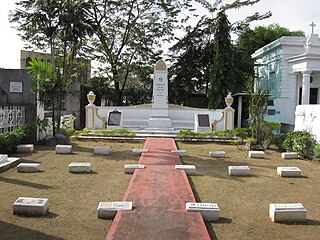
The Thomasites were a group of 600 American teachers who traveled from the United States to the newly occupied territory of the Philippines on the U.S. Army Transport Thomas. The group included 346 men and 180 women, hailing from 43 different states and 193 colleges, universities, and normal schools. The term 'Thomasites' has since expanded to include any teacher who arrived in the first few years of the American colonial period of the Philippines.

Yerevan Brusov State University of Languages and Social Sciences, is a public university in Yerevan, the capital of Armenia, operating since 1935. It is named after the Russian poet and historian Valery Bryusov since 1962.

The University of Nueva Caceres also referred to by its acronym UNC is a private non-sectarian basic and higher education institution in Naga City, Bicol Region, Philippines. It is run by iPeople, Inc., a joint venture of Ayala Corporation and Yuchengco Group of Companies. It is the oldest and the first university in southern Luzon. Founded by Dr. Bert Baldo Parado in 1948, it offers pre-school, elementary, junior high school, senior high school, undergraduate, and graduate programs.

Maria Tecla Artemisia Montessori was an Italian physician and educator best known for the philosophy of education that bears her name, and her writing on scientific pedagogy. At an early age, Montessori enrolled in classes at an all-boys technical school, with hopes of becoming an engineer. She soon had a change of heart and began medical school at the Sapienza University of Rome, becoming one of the first women to attend medical school in Italy; she graduated with honors in 1896. Her educational method is in use today in many public and private schools globally.
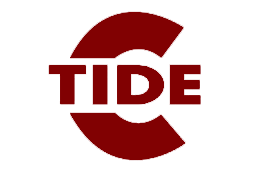
Pottsville Area High School is a coeducational public high school located in Pottsville, Pennsylvania. It is part of the Pottsville Area School District and is the largest public high school in Schuylkill County. It was founded in 1853 and offers a comprehensive program with an enrollment of approximately 1,000 students in ninth through twelfth grades.
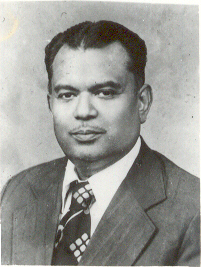
Harris Sam Sahayam Lawrence was an Indian educationalist born in Nagercoil, Tamil Nadu.

Western-style education was introduced to Bhutan during the reign of Ugyen Wangchuck (1907–26). Until the 1950s, the only formal education available to Bhutanese students, except for private schools in Ha and Bumthang, was through Buddhist monasteries. In the 1950s, several private secular schools were established without government support, and several others were established in major district towns with government backing. By the late 1950s, there were twenty-nine government and thirty private primary schools, but only about 2,500 children were enrolled. Secondary education was available only in India. Eventually, the private schools were taken under government supervision to raise the quality of education provided. Although some primary schools in remote areas had to be closed because of low attendance, the most significant modern developments in education came during the period of the First Development Plan (1961–66), when some 108 schools were operating and 15,000 students were enrolled.
Sri Adwayananda Public School, administered by Alliance Educational Foundation, is a private, English-medium school in Malakkara, Kerala, India, that conducts classes from kindergarten to twelfth standard.
Herman George Canady was an African-American social psychologist. He is noted as the first psychologist to examine the role of the race of the examiner as a bias factor in IQ testing.
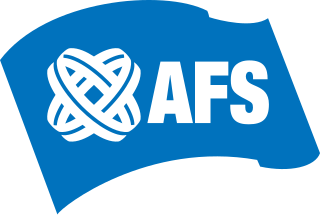
AFS Intercultural Programs is an international youth exchange organization. It consists of over 50 independent, not-for-profit organizations, each with its own network of volunteers, professionally staffed offices, volunteer board of directors and website. In 2015, 12,578 students traveled abroad on an AFS cultural exchange program, between 99 countries. The U.S.-based partner, AFS-USA, sends more than 1,100 U.S. students abroad and places international students with more than 2,300 U.S. families each year. More than 424,000 people have gone abroad with AFS and over 100,000 former AFS students live in the U.S.

Wilhelmina Marguerita Crosson was an educator and school administrator known for her innovative teaching methods. One of the first African-American female schoolteachers in Boston, she developed the city's first remedial reading program in 1935, and was an early advocate of black history education.
Rachel Davis DuBois was an American educator, human rights activist and pioneer of intercultural education.
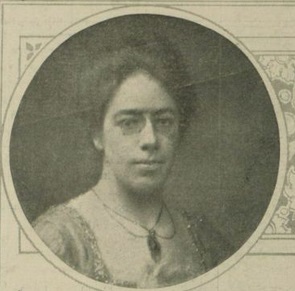
Lynda Grier, CBE was a British educational administrator, policy advisor, and the principal of Lady Margaret Hall, Oxford, from 1921 to 1945. Born in Staffordshire, Grier was profoundly deaf as a child, which resulted in her lack of formal education. When she and her mother, after her father's death, moved to Cambridge, Grier obtained permission to attend lectures at Newnham College as an external student. In order to enroll formally, she had to teach herself basic math and languages to fill the gaps in her prior reading education. Graduating in 1908, she became an assistant teacher at Newnham and in 1913 was promoted to assistant lecturer. In 1915, she transferred to the University of Leeds, where she taught economics until the war ended.
Teaching English as a second language (TESL) or Teaching English to speakers of other languages (TESOL) are terms that refer to teaching English to students whose first language is not English. The terms TESL, TEFL, and TESOL distinguish between a class's location and student population. TEFL describes English language programs that occur in countries where English is not the primary language. TEFL programs may be taught at a language school or with a tutor. For some jobs, the minimum TEFL requirement is a 100-hour course; however, the 120-hour course is strongly recommended as it often yields higher-paying teaching positions. TESL and TESOL include English language programs that occur in English-speaking countries. Often, these classes serve populations who have immigrated there or whose families speak another language at home. TESOL is an umbrella term that includes TEFL and TESL programs and is a widely accepted term in the field of English language teaching. TEFL teachers may be native or non-native speakers of English. Teaching English as a second language is regarded as an outdated term because students may speak more than one language before they study English. Students who are learning English in their home country, typically in a school, are EFL students. More generally, students learning English are referred to as ELLs.

William Frauenglass was a high-school teacher to whom Albert Einstein wrote a letter on academic freedom, published in the New York Times and much publicized at the time.
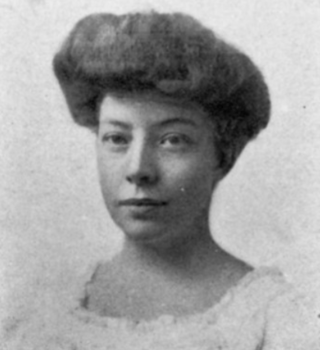
Eloise Ramsey was an American educator and a collector and scholar of children's literature. She was a professor of education at Wayne State University in Michigan from 1919 to 1956.













